Related Research Articles

John Nichols Tom was a Cornish wine-merchant and maltster who re-invented himself as Sir William Courtenay, stood for parliament in Canterbury, was convicted of perjury in a smuggling case, spent three years in the Kent County Lunatic Asylum, and, following his release, gathered a small band of followers and paraded in the Kent countryside. He, using the title Sir William Percy Honeywood Courtney, King of Jerusalem, along with several of his followers, was killed in a confrontation with British Army soldiers in Bossenden Wood, in what has sometimes been called the last battle to be fought on English soil.

John Finch, 1st Baron Finch was an English judge, and politician who sat in the House of Commons at various times between 1621 and 1629. He was Speaker of the House of Commons.
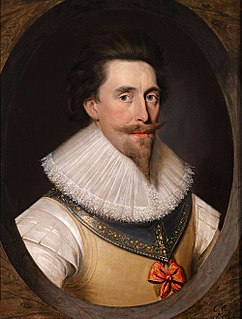
Francis Fane, 1st Earl of Westmorland, of Mereworth in Kent and of Apethorpe Hall in Northamptonshire was an English landowner and politician who sat in the House of Commons between 1601 and 1624 and then was raised to the Peerage as Earl of Westmorland.
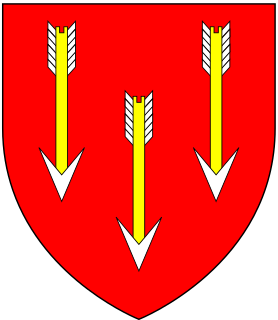
The Hales Baronetcy, is a title in the Baronetage of England. There were three Hales baronetcies. The oldest was created in 1611 for Edward Hales. He was a member of a Kent family. The second was created in 1660 for Robert Hales, MP for Hythe 1659, also of a Kent family. The third was created in 1660 for John Hales of Coventry, co. Warwick.
Events from the year 1677 in England.
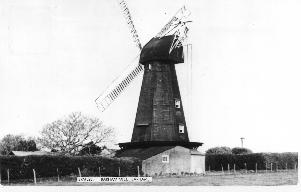
Black Mill or Barham Downs Mill was a smock mill at Barham, Kent, England which was accidentally burnt down in 1970 while under restoration.
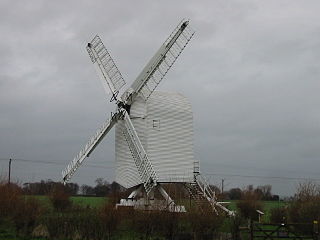
Chillenden windmill is a grade II* listed open-trestle post mill north of Chillenden, Kent, England. It is the last post mill built in Kent.

Isaac Bargrave was an English royalist churchman, Dean of Canterbury from 1625 to 1643.
Sir John Bramston, the younger, was an English lawyer and politician who sat in the House of Commons from 1660 to 1679. The son of Sir John Bramston, the elder and his first wife Bridget Moundeford, daughter of Thomas Moundeford, he was educated at Wadham College, Oxford, and called to bar at Middle Temple in 1635. In 1660 he was elected to the Convention Parliament for the county of Essex and again in the Cavalier Parliament of 1661. He frequently acted as chairman of committees of whole House of Commons of England and was returned to parliament for Maldon in 1679 and 1685. He left an autobiography.

Sir Thomas Palmer, 4th Baronet, of Wingham was a British landowner and Whig politician who sat in the House of Commons between 1708 and 1723.
Sir Edward Master(s) of Canterbury, Kent was an English politician who sat in the House of Commons at various times between 1640 and 1679.
Henry Lee of Dungeon, Canterbury was an English Tory politician who sat in the House of Commons in three periods between 1685 and 1715.
John Nutt was an English politician who sat in the House of Commons from 1640 to 1653. He fought on the Parliamentary side in the English Civil War.
Richard Rogers was an English landed gentleman and soldier who sat in the House of Commons from 1640 to 1642. He supported the Royalist side in the English Civil War.
Sir Richard Lee was an English politician who sat in the House of Commons in two parliaments between 1593 and 1608 and served as Ambassador to Russia.
John Sheldwich II, of Canterbury, Kent, was an English politician and lawyer.
Robert Cooper, of Canterbury, Kent, was an English politician and grocer.
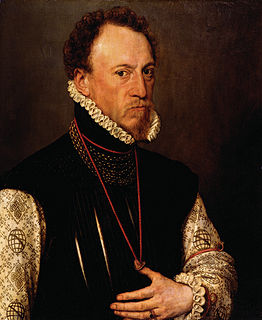
Sir Henry Lee KG, of Ditchley, was Queen's Champion and Master of the Armouries under Queen Elizabeth I of England.

All Saints' Church, also known as Lydd Church or The Cathedral on the Marsh, is a church in Lydd, Kent, South East England. It belongs to the Diocese of Canterbury. All Saints is the longest parish church in Kent at 199 feet (61 m), and also has one of the tallest towers in the county at 132 feet (40 m). The church is thought to incorporate a small Romano-British basilica possibly built in the 5th century, though most of the current fabric is medieval. It was associated with local fraternities or guilds in the 15th century and could seat 1,000 people at a time. Severely damaged by World War II bombing, the church was subsequently restored and is now a Grade I listed building.
William Sevenoke was a grocer and politician who served as Mayor of London in 1418, and as warden of London Bridge, alderman of Bishopsgate Ward, alderman of Tower Ward, Warden of the Grocers' Company, Sheriff of London, Member of Parliament for the City of London and Surveyor of the King's works at Isleworth.